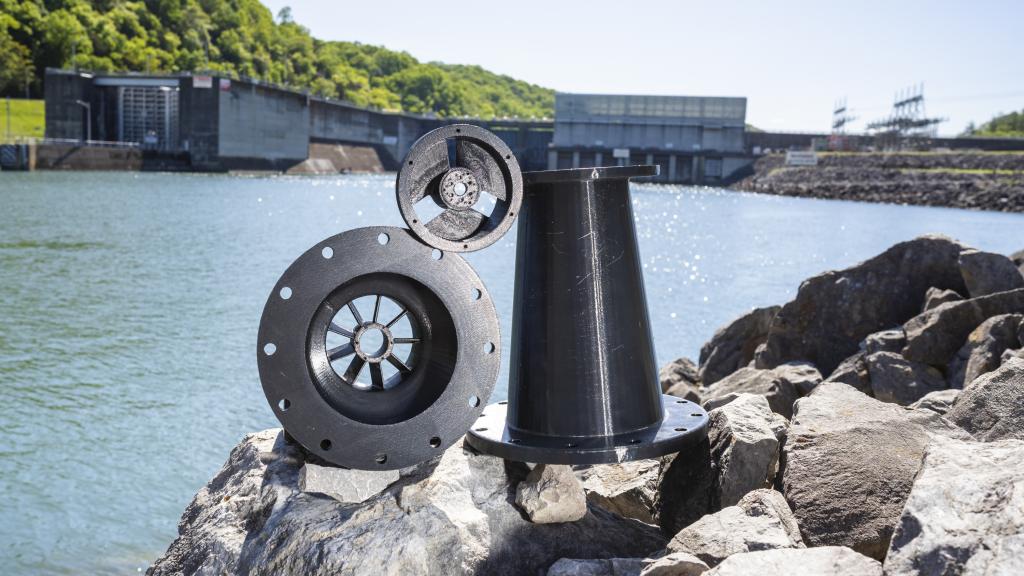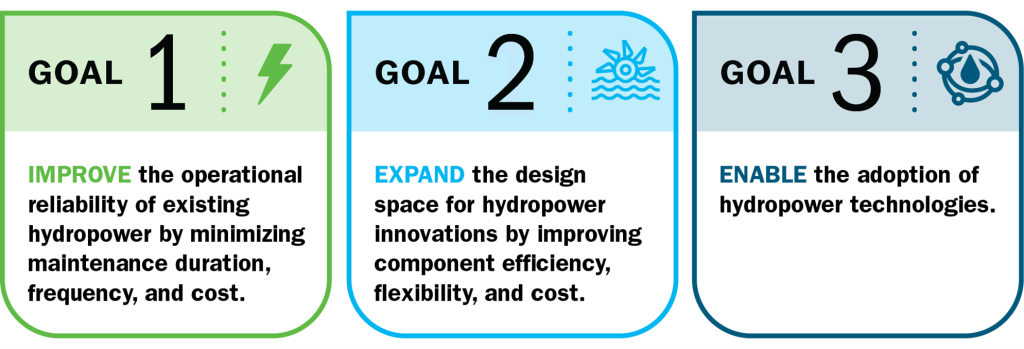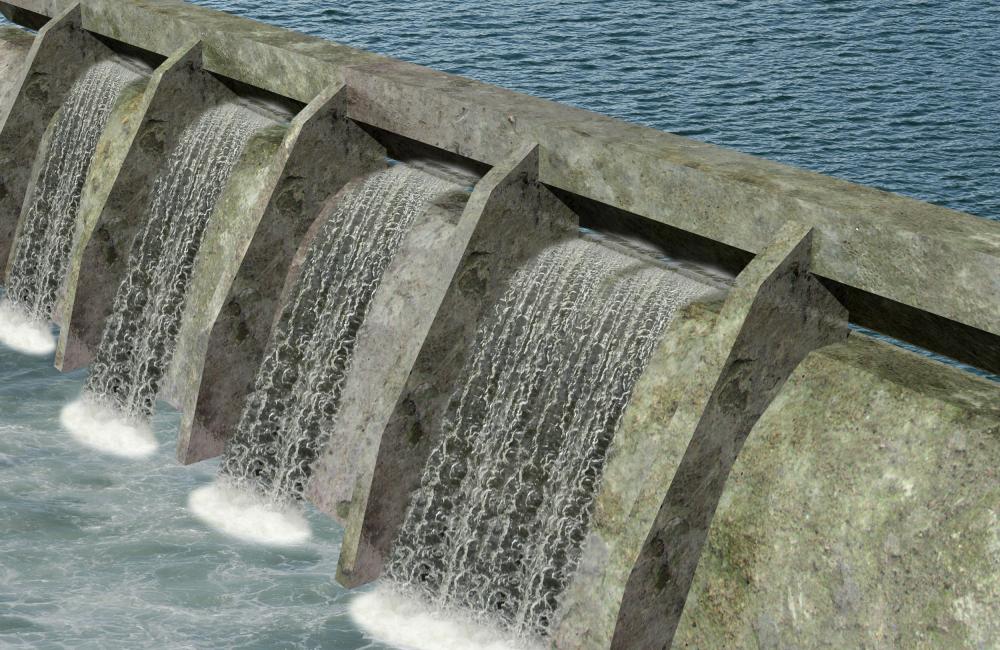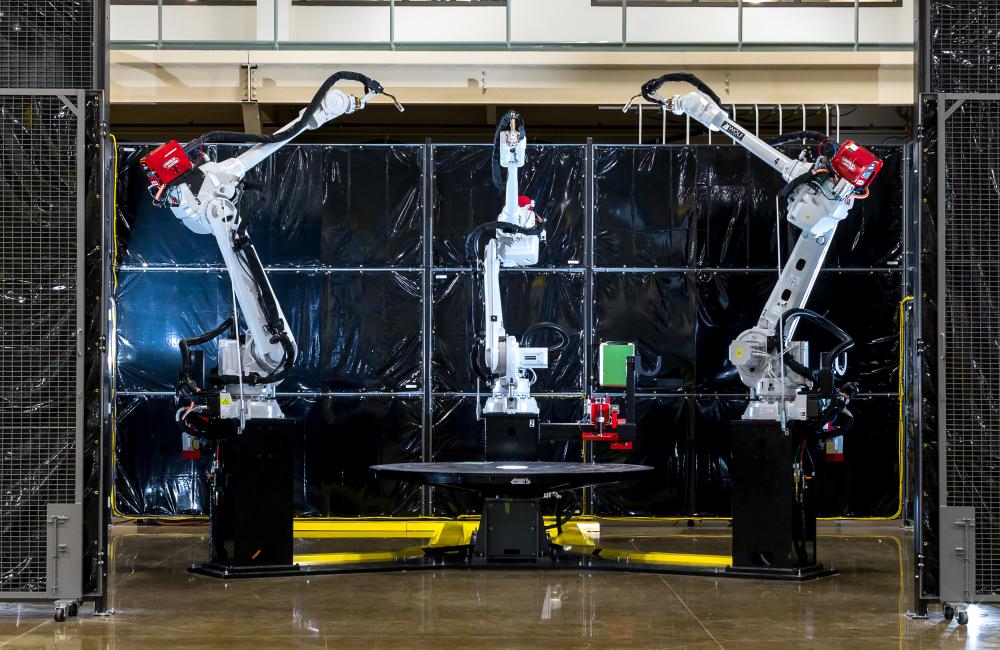
Oak Ridge National Laboratory (ORNL) and the U.S. Department of Energy's Water Power Technology Office (WPTO) are seeking industry partners to participate in short-term, collaborative projects to accelerate the development of innovative hydropower technologies leveraging the use of Advanced Materials and Manufacturing (AMM).
The Hydropower Technical Collaboration Program (Hydro-TCP) provides selected participants with access to the U.S. DOE's Manufacturing Demonstration Facility at ORNL, including its world-leading experts in AMM research and cutting-edge equipment and capabilities to demonstrate the application of AMM to hydropower. The program will allow companies to explore innovative and daring ideas with minimal investment and limited risk. The goal is to foster novel approaches to enhance the performance and sustainability of hydropower technologies and redefine the future of the industry.
Program Basics
- Projects will typically run from 12 to 24 months.
- Industry partners will be expected to provide a 50% cost share through in-kind contributions.
Hydro-TCP is the end product of an effort that began in 2022, with a workshop that brought together a wide-ranging group of industry leaders, researchers, and academicians to discuss current challenges facing hydropower and how new technology could be best used to face them. ORNL researchers took the feedback from the workshop and used it as the basis for further study. Their work culminated in a report, Advanced Manufacturing and Materials for Hydropower: Challenges and Opportunities, and a guiding strategy document that was released by WPTO in February 2024.
More detailed information about the Hydro-TCP Program can be found in our downloadable tool kit, which comprehensively addresses its specific aims and requirements, and provides answers to frequently asked questions.
Eligibility
The program is limited to industries that currently manufacture equipment, process materials, produce manufacturing-related software, and/or integrate energy systems in the U.S. for commercial applications, or to industries that will be able to do so as a direct result of these collaborative efforts.
Eligible projects must have:
- A clear application to hydropower technologies
- A benefit to the broader US hydropower industry
- Clear alignment with WPTO’s Advanced Manufacturing and Materials for Hydropower Strategy and the Manufacturing Demonstration Facility’s R&D scope and scientific interest

Objectives
This solicitation is aligned with the prioritization goals highlighted in the WPTO Strategic Plan document. Projects developed under this program should provide value to hydropower development at large.
WPTO is specifically interested in projects that:
- Reduce operations and maintenance costs
- Reduce lead time and capital costs
- Improve component or system performance
- Encourage the development of new technology and novel designs
- Encourage industry reshoring and increase the availability of critical equipment
- Increase worker safety and satisfaction
- Validate and certify processes for commercial adopters
- Improve sustainability and reduce environmental risk
- Inform decision making
For examples of specific AMM for hydropower opportunities please refer to the full list in the Notice of Opportunity document.
How It Works
Project Development Timeline: Three to Four Months*
- Fill out the pre-application form provided on this site. The final document should be three pages or less in length. The form includes basic company information, a one-page concept summary, checkboxes for program alignment, and a half-page description of expected research outcomes.
- Send the completed pre-application form to the following email address: hydrotcp@ornl.gov.
- The WPTO and ORNL team will evaluate the eligibility and relevance of the idea to the WPTO mission.
- If the idea is pre-selected, the company will engage with MDF to evaluate the technical feasibility.
- If all the requirements are met, ORNL and the industry partner will co-develop a project plan and submit it to the Department of Energy for final validation.
- A project agreement is established.
*Note: Agreement processing times for international companies are about twice as long due to additional DOE reviews.
Project Execution Timeline: Six Months to Two Years
- After completion of the work itself, the creation of final project report is required.
- Depending on the scope, the risks, and the impact of the project, DOE and/or ORNL might request a Go/No-Go check and split the overall project in two phases.
Technology Ownership
During a collaboration, any intellectual property developed by the company while performing their tasks is owned by the company. IP developed by ORNL while performing tasks is owned by ORNL and under a Cooperative Research and Development Agreement (CRADA), the company is given the right to exclusively license the ORNL-developed IP for their defined field of application.



